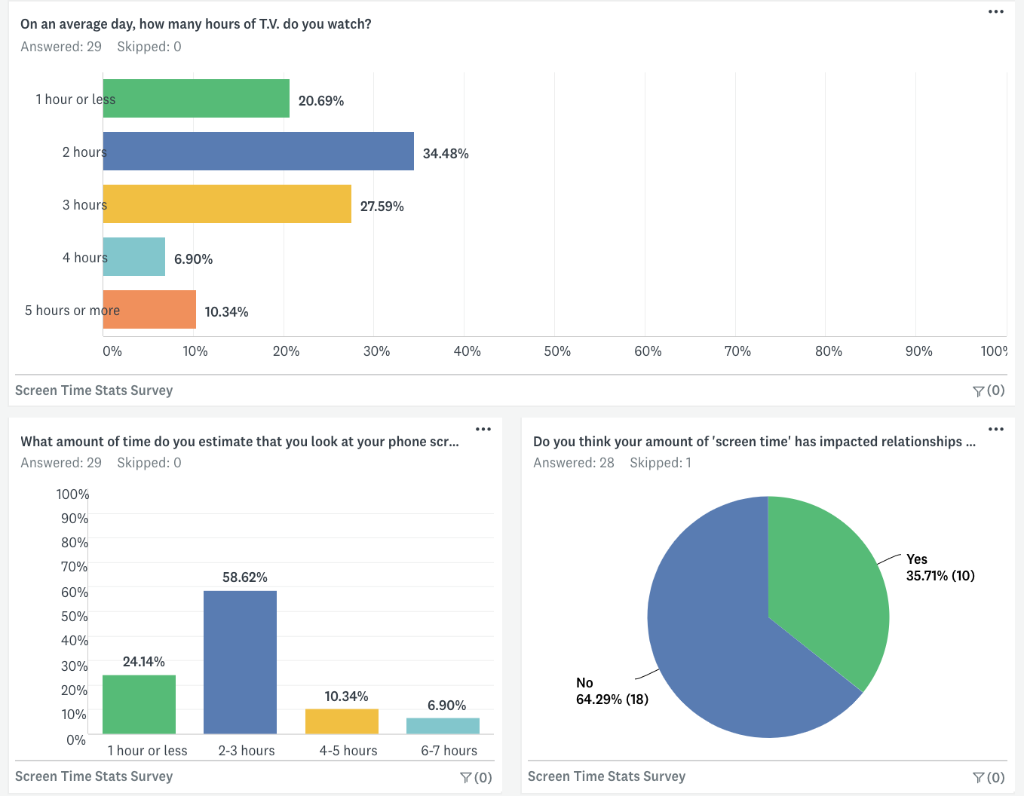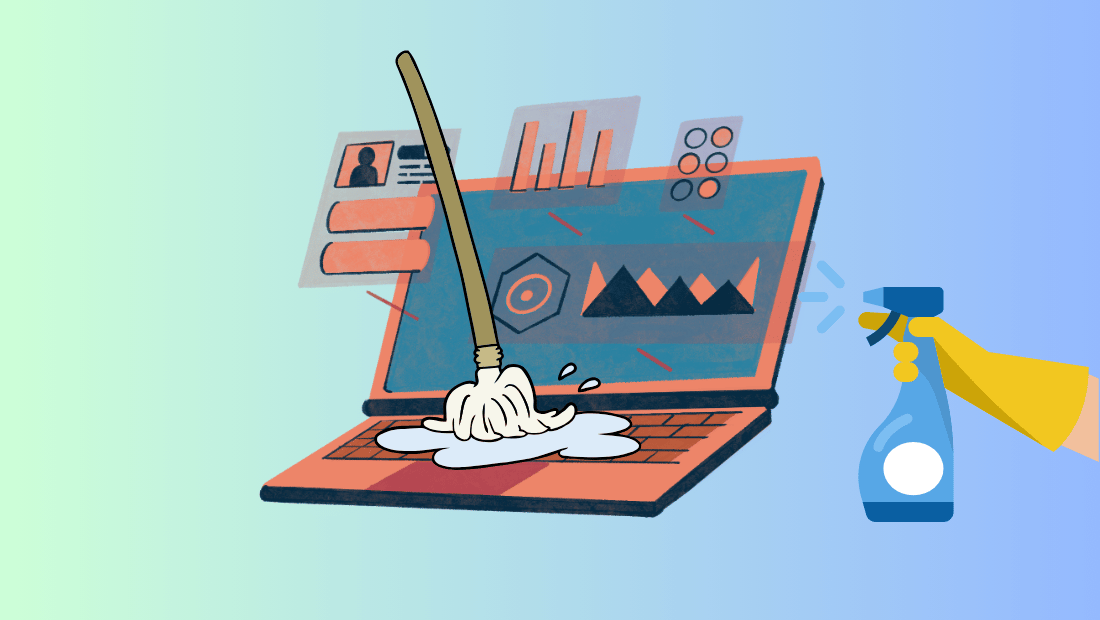Digital Minimalism
Introduction
In today’s hyper-connected world, smartphones, social media, and constant notifications can overwhelm us with digital clutter. Digital Minimalism, a philosophy championed by Cal Newport in his book Digital Minimalism: Choosing a Focused Life in a Noisy World, offers a way to reclaim control. It’s about using technology intentionally, focusing on what adds value and cutting out distractions. This article explores the principles of Digital Minimalism, its benefits, practical steps to adopt it, and how it can lead to a more balanced, fulfilling life.

What is Digital Minimalism?
Digital Minimalism is the intentional use of technology to support your values and goals, avoiding mindless consumption. It’s not about rejecting tech but curating it to enhance your life. As Newport puts it, it’s about focusing “online time on a small number of carefully selected and optimized activities” and happily ignoring the rest.
Core Principles
- Clutter is Costly: Excessive digital use drains time, attention, and energy.
- Optimization is Key: Choose tools that maximize value and minimize distractions.
- Intentionality is Empowering: Deliberate tech choices lead to greater control and satisfaction.
Why Digital Minimalism Matters
The average person spends over 4 hours daily on their smartphone, with social media and entertainment apps taking up much of that time. Research links excessive screen time to increased stress, reduced productivity, and poorer mental health. Digital Minimalism helps you reclaim focus and well-being.
Benefits
- Improved Focus: Fewer distractions enable deeper work and productivity.
- Better Mental Health: Less social media exposure can reduce anxiety.
- Stronger Relationships: Prioritizing real-world interactions fosters deeper connections.
- More Free Time: Cutting digital noise frees up time for hobbies or rest.

Practical Steps to Practice Digital Minimalism
Adopting Digital Minimalism requires intentional changes to your digital habits. Here are actionable steps to start:
1. Conduct a Digital Declutter
A 30-day digital declutter resets your tech habits:
- Identify Essentials: Keep only critical apps (e.g., work email, family messaging).
- Pause Non-Essentials: Remove social media, gaming, or streaming apps for 30 days.
- Reflect: Note how you feel and what activities replace screen time.
2. Curate Your Digital Environment
After the declutter, reintroduce only tools that align with your values:
- Uninstall Unused Apps: Delete apps unused in the past month.
- Turn Off Notifications: Disable non-essential alerts to stay focused.
- Use Focused Tools: Try apps like Notion for productivity or Pocket for curated reading.
3. Set Boundaries
Create rules to maintain balance:
- Time Limits: Use Screen Time (iOS) or Digital Wellbeing (Android) to cap app usage.
- Tech-Free Zones: Keep bedrooms or dining areas device-free.
- Scheduled Check-Ins: Check emails or social media at set times, not constantly.
4. Prioritize High-Value Activities
Replace mindless scrolling with meaningful pursuits:
- Deep Work: Dedicate time to focused tasks like writing or learning.
- Offline Hobbies: Try reading physical books, gardening, or journaling.
- Face-to-Face Interaction: Spend device-free time with friends or family.

Tools to Support Digital Minimalism
These tools can help you stay on track:
- Screen Time Trackers: Screen Time (iOS) or Digital Wellbeing (Android) monitor usage.
- App Blockers: Freedom or Cold Turkey block distracting apps during work hours.
- Minimalist Apps: Use Bear for note-taking or Todoist for tasks.
- Grayscale Mode: Enable grayscale on your phone to make apps less appealing.

Challenges and How to Overcome Them
Adopting Digital Minimalism comes with challenges:
- FOMO (Fear of Missing Out): Counter this by focusing on the quality of offline experiences.
- Habitual Checking: Break the phone-checking habit by keeping devices out of reach.
- Social Pressure: Clearly communicate boundaries, e.g., “I check messages twice daily.”
Case Study: A 30-Day Digital Declutter
Jane, a marketing professional, felt overwhelmed by notifications and scrolling. She tried a 30-day digital declutter:
- Step 1: Removed social media apps, keeping only calls, texts, and work email.
- Step 2: Replaced scrolling with reading books and nature walks.
- Step 3: Reintroduced one social platform, limited to 30 minutes daily, with notifications off.
- Outcome: Jane gained focus, slept better, and rediscovered her love for painting.

The Bigger Picture: Digital Minimalism in a Connected World
Digital Minimalism challenges the “attention economy,” where tech companies design apps to maximize engagement. By using technology intentionally, you regain control and support sustainability by reducing energy use from data centers. It’s a movement toward a more mindful, connected life.
Conclusion
Digital Minimalism empowers you to take control of your digital life, focusing on what truly matters. Start with a 30-day digital declutter, curate your tools, set boundaries, and prioritize meaningful activities. Small changes, like disabling one app’s notifications, can spark big improvements. Technology is a tool—use it to enhance, not overwhelm, your life.
For more insights, read Cal Newport’s Digital Minimalism or explore communities like r/digitalminimalism on Reddit.